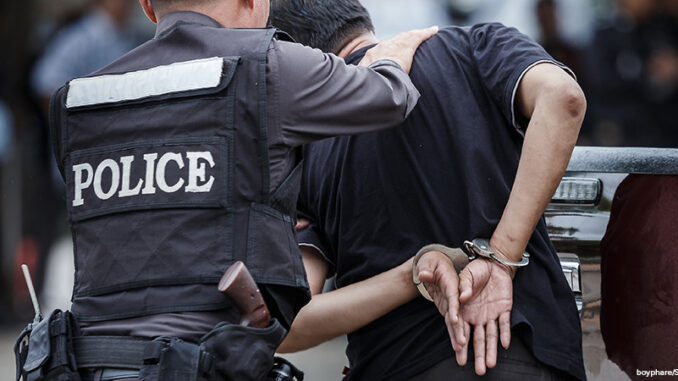
On May 25, George Floyd was killed in Minneapolis, Minnesota, while he was being arrested. A bystander video taken while the arrest occurred shows Floyd, an unarmed African American man, being held on the ground by a white police officer. Officer Derek Chauvin restrained George Floyd by pressing his knee on Floyd’s neck to keep Floyd on the ground. The video captures Floyd telling the police, “I can’t breathe.”
George Floyd is the most recent of many African Americans to be unjustly killed for no proven cause this year. In February, a man named Ahmaud Arbery was chased and shot by two white men while Arbery was jogging near Brunswick, Georgia. The attackers wrongly suspected Arbery was quickly leaving a burglary. Arbery’s death was also captured on cell phone video. In March, an African American woman named Breonna Taylor was shot and killed by police who mistakenly entered her home during a drug raid.
Derek Chauvin, the lead officer during Floyd’s arrest, was initially charged with third-degree murder. Those charges have now been increased to second-degree murder. The other officers present during Floyd’s arrest (Tou Thao, J. Alexander Kueng, and Thomas K. Lane) have also been arrested and charged with aiding and abetting murder.
The Protests Spread
In all of these incidents of deadly violence against African Americans, the police acted in a way that has provoked outrage. Social media helped to spread these stories widely, and within days of Floyd’s death, large demonstrations against the police had begun across the United States. Growing crowds of citizens have gathered in cities and towns across many states to speak out in protest for the equality of African American lives. The goal of these protests is to highlight the structural inequality still experienced by African Americans and to push for legal reforms to address unjust policing problem.
Large demonstrations also occurred in many cities and countries around the world including London, England; Rio de Janeiro, Brazil; Rome, Italy; Madrid, Spain; Paris, France; as well as Scotland, Switzerland, Portugal, Australia, and Germany.
In addition to the peaceful demonstrations, violence erupted in many cities across the nation, especially in the evening and nighttime hours. Many stores were broken into, windows were smashed, and some buildings were set on fire. Some people were attacked; others stole merchandise from the stores during the violence. Police used tear gas, pepper spray, and rubber bullets on demonstrators to try to control the crowds. Some critics say these crowd control tactics led to violence. Others assert that outside individuals used the protests as an opportunity to act violently in support of their own political and social goals. Many city mayors and state governors enacted curfews during the first week of June to decrease such violence.
Achievements of the Protest
Those who support the protests of George Floyd’s death point to a growing list of accomplishments in just a few short weeks in Minneapolis, in cities around the country, and in the United States Congress.
- Some cities are discussing a re-examination of their policing policies and guidelines. Several cities have proposed decreasing the amount of funding their police departments receive and shifting that money toward education or other social services.
- The Minneapolis City Council voted to disband its police department. It is not yet clear if this means that the city’s department is being eliminated and replaced with some alternative organization.
- In Congress, Democrats have introduced the Justice in Policing Act, which would ban restraining holds that cut off blood flow to the brain, and ban no-knock warrants. The Act also wants to establish a national database of police misconduct and deny additional police funding.
These tragic events have started several debates around how to fund police forces, how the police are trained, and whether the police should continue to be responsible for much of its current workload. Because of the problems being exposed in police departments, these conversations are asking what the best way is to protect communities going forward. As these debates and potential changes continue, it will be a reoccurring news story.
